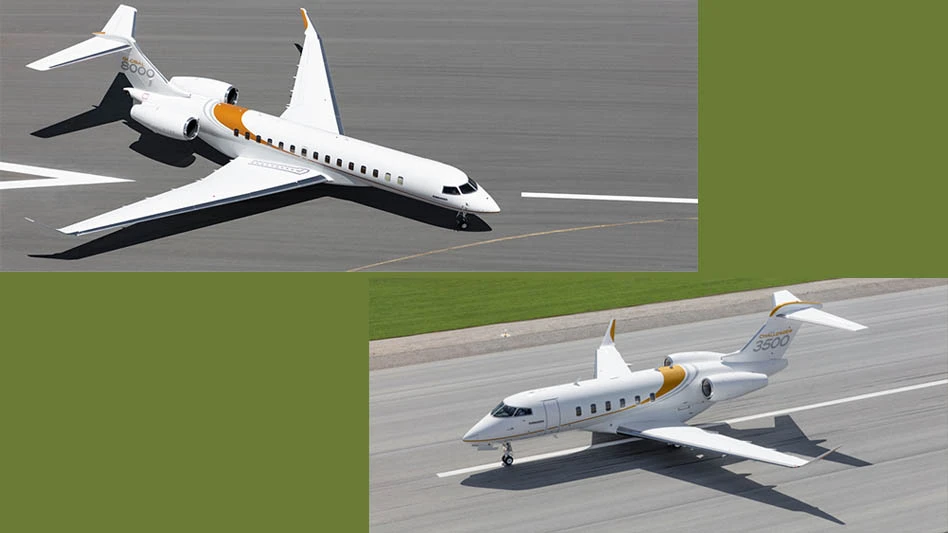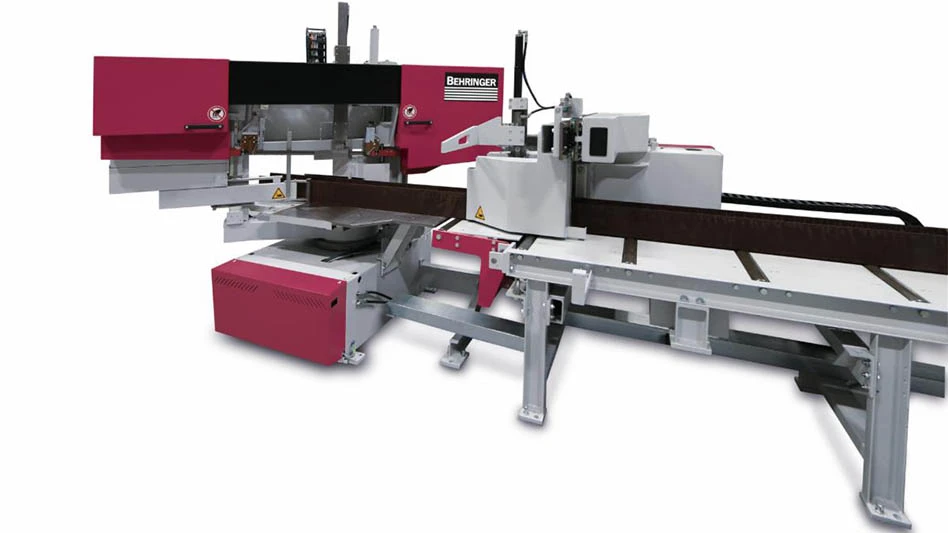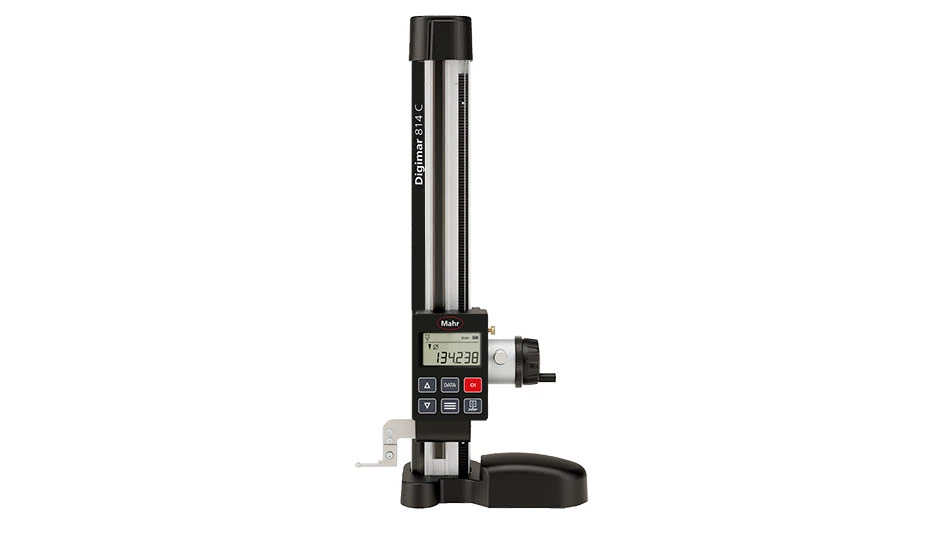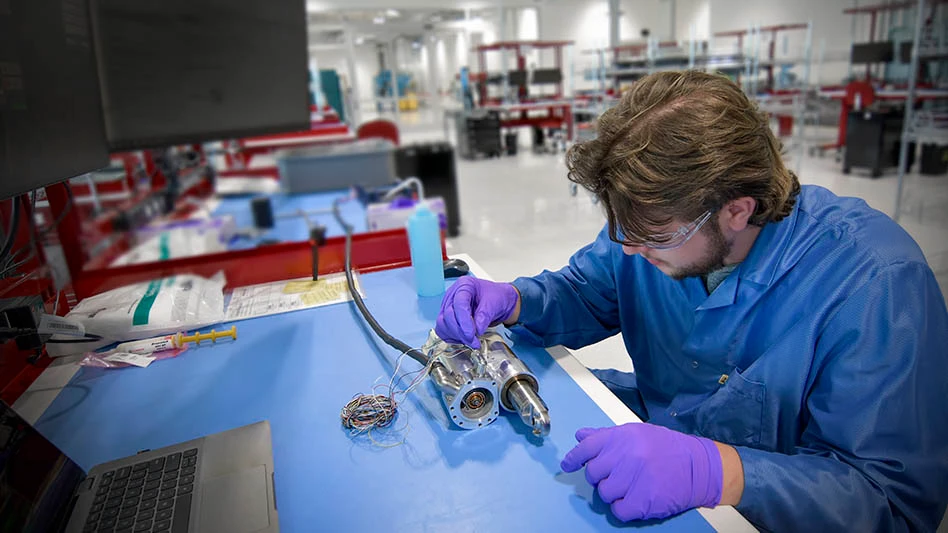 CNN’s Anderson Cooper, Astronaunt Cady Coleman,and CNN’s John Zarrella at the final Space Shuttle missio, Kennedy Space Center, FL. Every time I've covered a space shuttle launch over the past quarter century, I've known I'd likely be back to see another. This time, as Anderson Cooper, Astronaut Cady Coleman, and I watched Atlantis lift off, something else struck me as the vehicle cleared the launch tower. This was it. Done. There would be no more trips to the Kennedy Space Center to watch Shuttle launches.
CNN’s Anderson Cooper, Astronaunt Cady Coleman,and CNN’s John Zarrella at the final Space Shuttle missio, Kennedy Space Center, FL. Every time I've covered a space shuttle launch over the past quarter century, I've known I'd likely be back to see another. This time, as Anderson Cooper, Astronaut Cady Coleman, and I watched Atlantis lift off, something else struck me as the vehicle cleared the launch tower. This was it. Done. There would be no more trips to the Kennedy Space Center to watch Shuttle launches.
These iconic flying machines will soon be a part of history. I recall during an interview, Astronaut Alvin Drew said there would likely be nostalgia for the shuttles' in five or 10 years. "Were we ever so audacious," he said, to have built this remarkable vehicle that takes off like a rocket and lands like a plane.
It was, and still remains, without question, one of the most remarkable technological achievements in human history. Did it live up to its billing as a reliable, inexpensive means to get to space? We know now, it did not. We also know now, the expectation was terribly unrealistic. And, its complexity was in many ways, its achilles heel. I stood at the edge of the water by the countdown clock in 1986 and watched as Challenger exploded. I watched over and over throughout the years as technical glitches delayed flights. And then there was Columbia.
Yet, through it all, for all its warts, the space shuttle remained the workhorse and America's only way to put humans in space. Nearly every major building block of the football field sized International Space Station was carried inside the Shuttle's cargo bay.
On May 12, 2011, 245 miles above the earth, Astronaut Ron Garan was attached by foot restraints to the end of a robotic arm. Mike Fossum was right alongside him. The two Space Station crewmembers were moving a broken pump from its stowage area to Shuttle Atlantis' cargo bay. This was the 160th spacewalk associated with station construction or maintenance.
Would we have ever gotten this far if not for Shuttle? Would there have been an International Space Station? Perhaps it could have been assembled another way. Critics will say the Station was only built because the Shuttle needed a destination, a job. Perhaps there is some truth to that. But what we humans learned along this shuttle journey are phenomenal. Just think about it for a moment, all these spacewalks we tend to take for granted, this incredible, now completed station construction project.
During the Garan-Fossum EVA (extravehicular activity), an anchor asked me if this was a routine spacewalk. My answer was of course that they are never routine even though, NASA and its astronauts certainly seem to have it down. It was the Space Shuttle era that gave NASA a vehicle, a flying platform from which humans learned and practiced how to live and work in space. Everything we are learning today is building blocks in our understanding of what it will take to one day explore Mars.
There is another gift the Space Shuttle program gave us. It had nothing to do with technology, but everything to do with breaking down social barriers. At the end of the day, this may well be the Shuttle's greatest achievement. Before it, not a single woman or person of color had flown on a U.S. spacecraft. NASA's Administrator Charlie Bolden told me he probably would never have flown in space if not for the Shuttle program. By flying people from 16 different countries, the shuttle helped bring the world just a bit closer together.
We must remember, the Space Shuttle was the people who built it, maintained it, and flew it. The program would never have recovered from the tragedies, would never have flown for 30 years and accomplished what it did, if not for a remarkable collection of individuals who made up the shuttle team.

Explore the August September 2011 Issue
Check out more from this issue and find your next story to read.
Latest from Aerospace Manufacturing and Design
- Malaysia Aviation Group orders 20 more Airbus A330neo widebodies
- More displacement from space-tested piezo actuators
- Textron Aviation to bring its largest-ever lineup to 2025 EAA AirVenture
- Qualified materials for 3D-printing mission-critical applications
- #69 Manufacturing Matters - Shopfloor Connectivity Roundtable with Renishaw and SMW Autoblok
- Demystifying Controlled Unclassified Information (CUI)
- Simplify your shop floor operations while ensuring quality parts
- Happy Independence Day - July 4th





